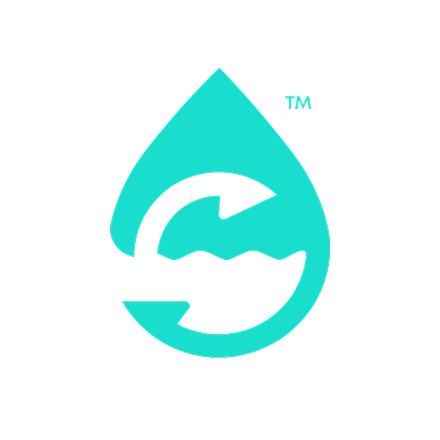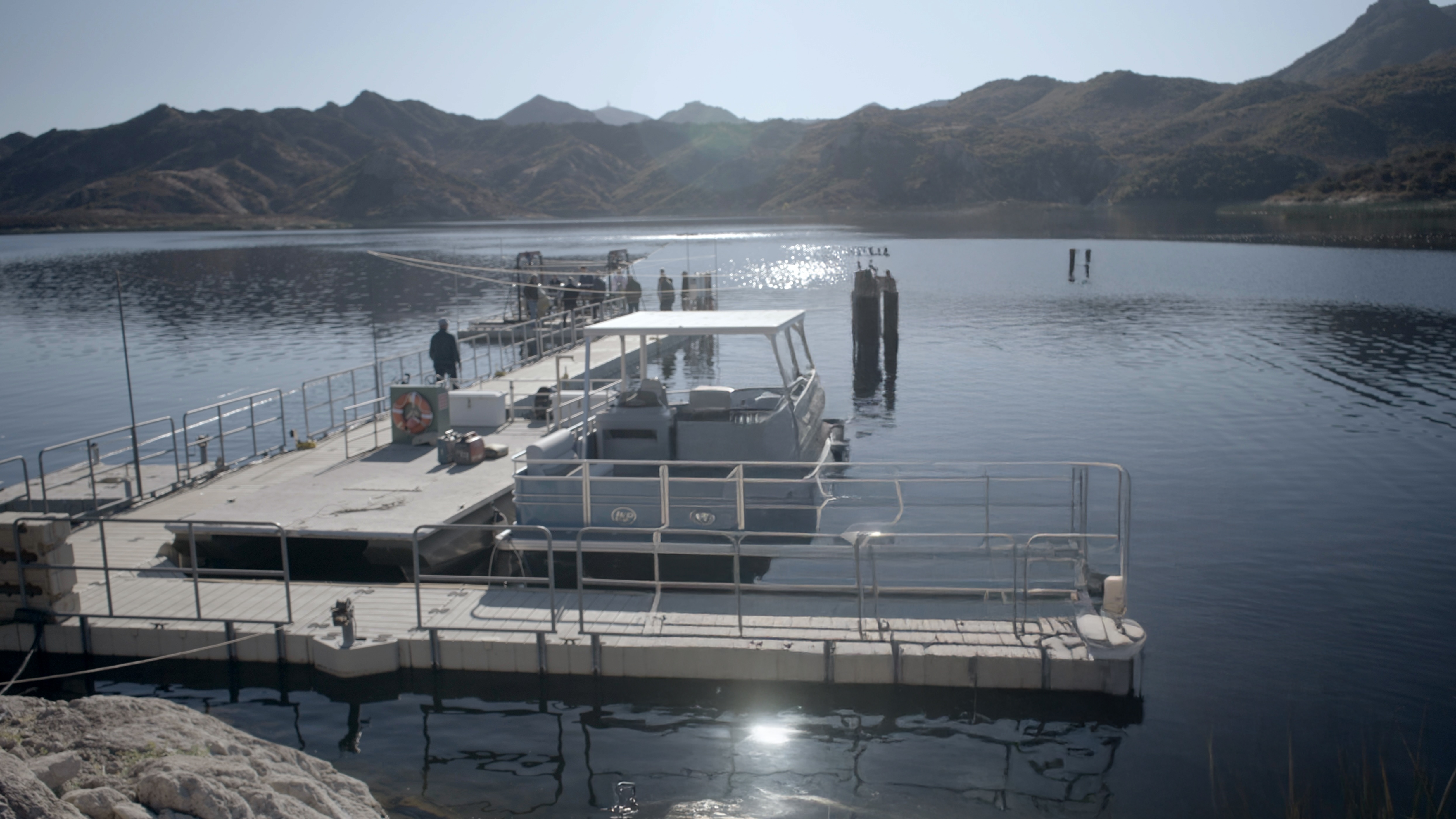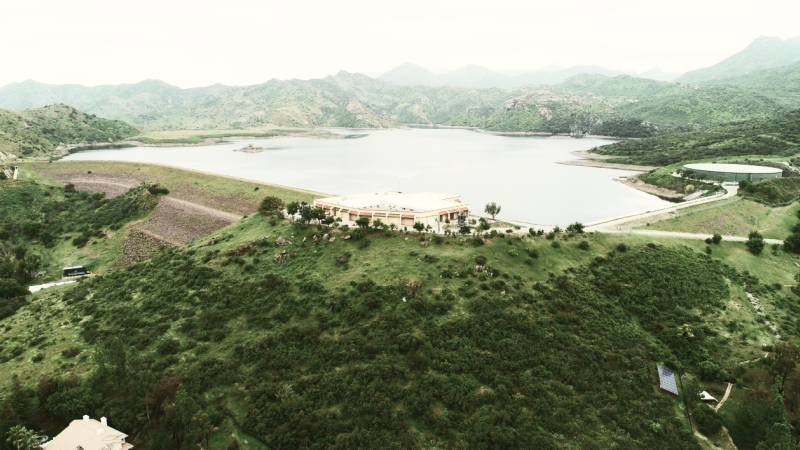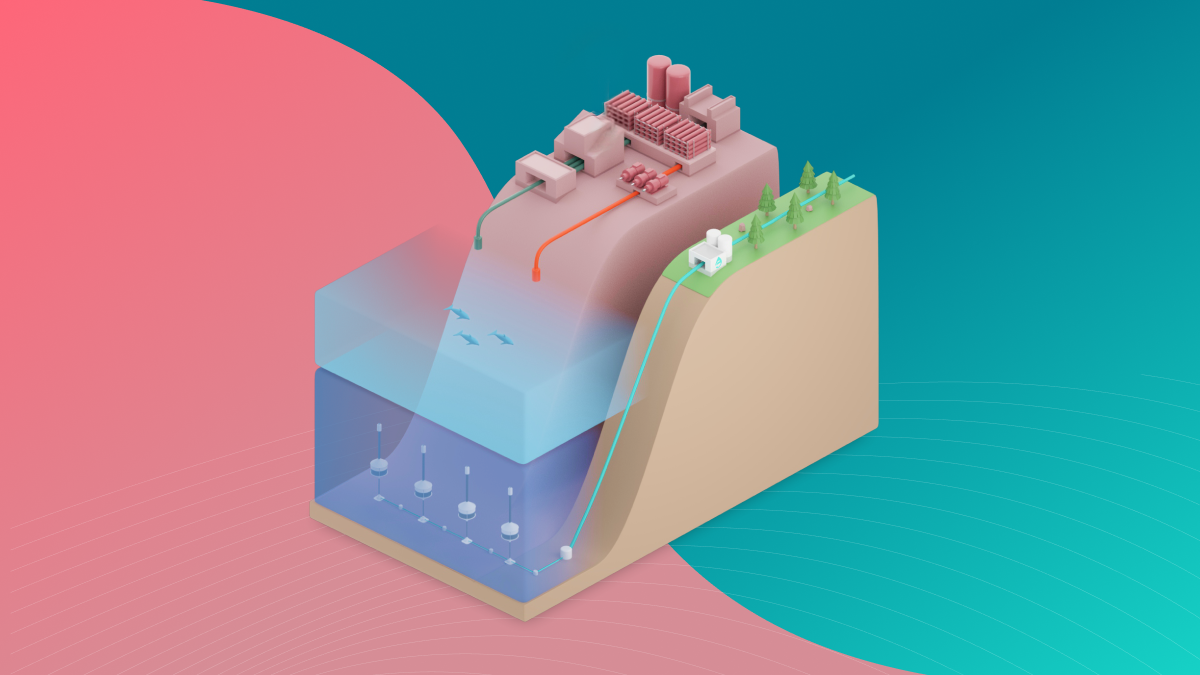Calabasas, CA – The Natural OceanWell Company (OceanWell), in partnership with Las Virgenes Municipal Water District (LVMWD), was chosen by the United StatesBureau of Reclamation (USBR) to receive $236,877 for further research and development of their Blue Water Farm technology. As part of USBR’s “Pitch to Pilot” grant program, OceanWell was one of eight applicants selected from across the country.
OceanWell’s submerged water filtration system uses hydrostatic pressure to drive the reverse osmosis process to create a viable fresh water supply with little to no environmental impacts, using a fraction of electricity compared to traditional seawater desalination plants.

This project will further develop the technology from lab to pilot validation. The pilot will be deployed in LVMWD’s reservoir and provide real-world operations data on the ability to filter water over a long duration. Once the data is collected and synthesized, adjustments will be made to prepare for a demonstration project in the ocean.
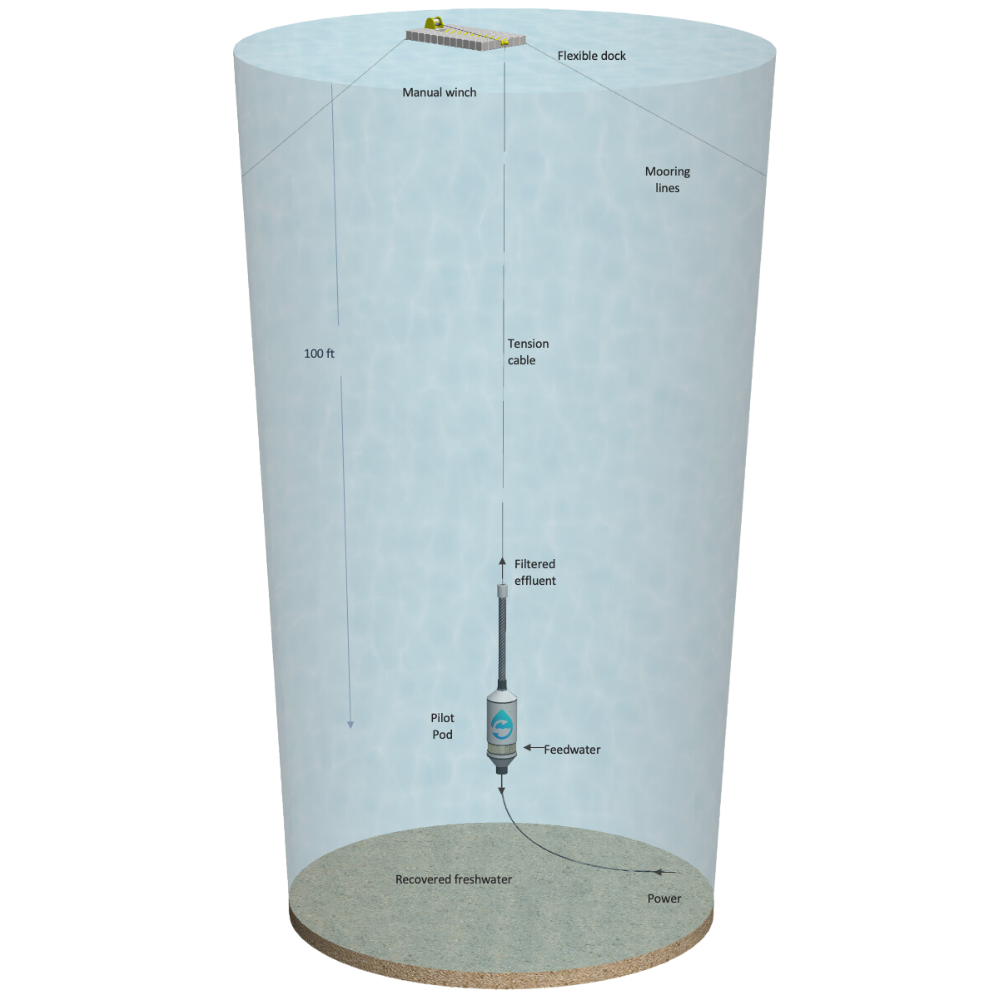
“After the historic drought ended in 2022, the district committed to research all options available to diversify its water portfolio to prepare for future droughts and mitigate their negative impacts on our region,” said David Pedersen, general manager of LVMWD. “OceanWell’s technology, their team, and our reservoir are a perfect match to prove and further develop this desalination technology. We couldn’t be more excited.”
“Through this pilot, we will deploy the next phase of OceanWell technology to demonstrate the viability and environmental merits of submerged water filtration,” said Robert Bergstrom, chief executive officer of OceanWell. “We are thrilled to work in partnership with LVMWD and the Bureau of Reclamation to provide a new solution to supply high-quality fresh water to California.”
OceanWell’s submerged filtration technology can be used in fresh, brackish, or saltwater environments, allowing any raw water source to become a potential source for drinking water.
Learn more about OceanWell at www.oceanwellwater.com.
For more information on the USBR’s project awards, click this link: Reclamation Announces $2.2 million in Funding for Pitch to Pilot Projects (usbr.gov).
Be sure to visit lvmwd.com and follow LVMWD on Facebook, Twitter @lvmwd and Instagram @LasVirgenes_MWD to keep up to date on project development.

Related Posts
Heading





